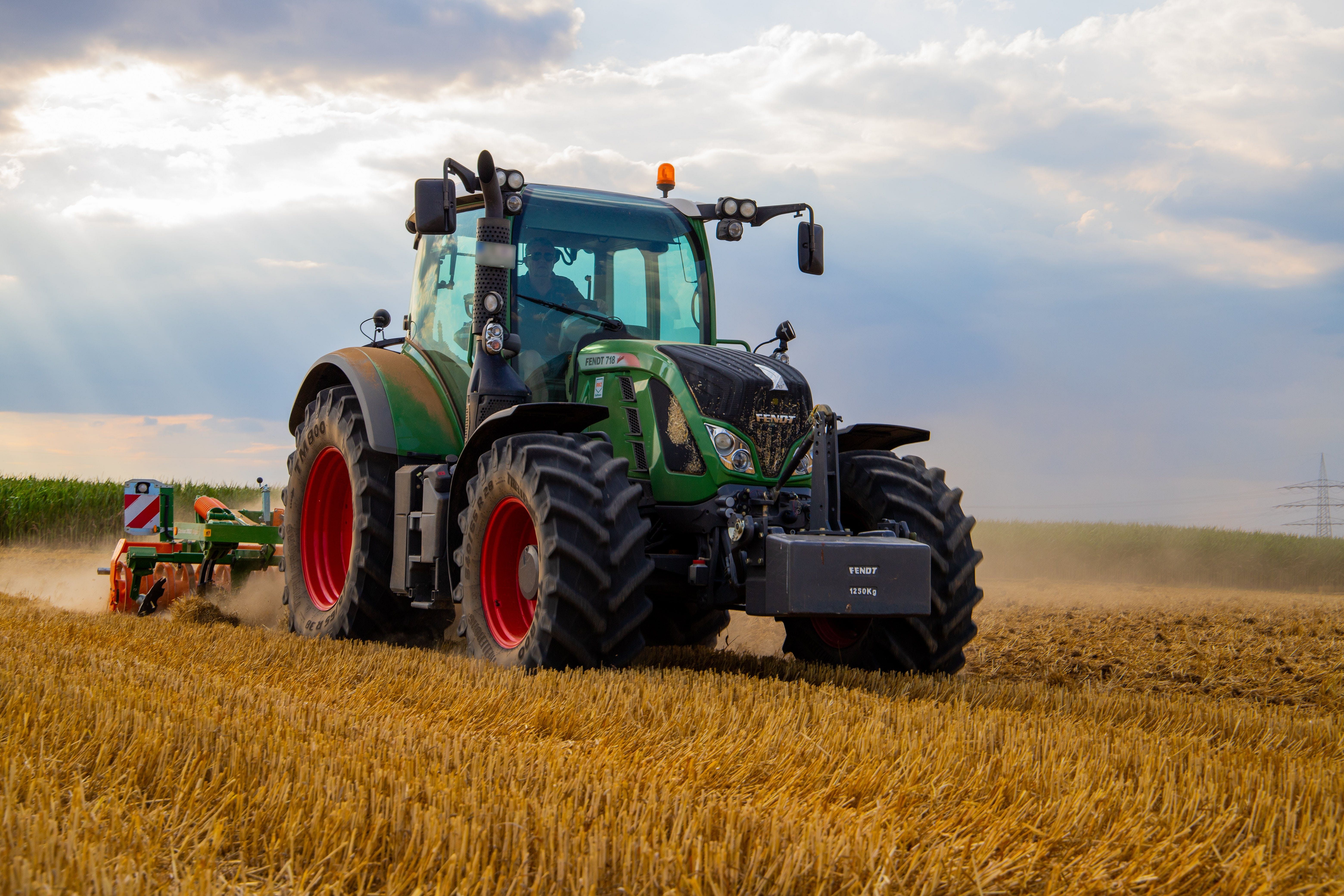
The combine harvester helps in the timely harvesting of wheat and saves it from huge grain losses due to bad weather during the harvesting period. After the harvesting of the wheat crop by a combine harvester, the anchored wheat stubbles and loose wheat straws are left in the field itself.
A locally developed tractor-operated machine ‘straw combine’ or ‘straw reaper’ is used to collect and bruise the wheat straw and stubbles left behind after harvesting wheat with the combine harvesters. The bruised wheat straw (toori) is collected in an enclosed trailer attached to the wheat straw combine. At present, approximately 42584 straw reapers are operational in the state of Punjab for the collection of wheat straw from combine harvested wheat fields.
On average, the straw combine is used in over 90% of the area harvested by combine harvesters with the straw recovery of 70-80% of the leftover straw. The bruised wheat straw is mainly used as animal fodder and for other purposes i.e. formation of compost for mushroom cultivation, plastering of roofs with clay soil mixed with wheat straw, etc.
The straw reaper consists of a cutter bar, reel, feeding auger, and bruising drum. The cutter bar of the straw reaper cuts the anchored wheat stubbles of the wheat crop and the reel assembly conveys these cut stubbles and loose straw thrown by the combine harvester to the bruising drum. The bruising drum consists of blades in different rows. The bruised straw is conveyed to the trolley covered with wire mesh from all sides with the help of a blower.
Tips for Effective Operation of Wheat Straw Combine:
-
Before starting the straw combine, clean all field trash and remove excessive grease and oil from the straw combine.
-
Make sure that all nuts, screws, and shields are tight.
-
Inspect the sealed bearings for excessive play and replace them if necessary.
-
Replace the cutter bar blades, if they become blunt.
-
All the units of wheat straw combine i.e. cutting and gathering unit, conveying unit, straw bruising drum, and straw blowing unit should function properly.
-
Operate straw combine at the optimized height of cut for better recovery of straw from the field. The quantity of leftover straw can be reduced or the straw recovery of the straw reaper can be improved by maintaining its optimum height of cut from the field itself.
-
Keep maintenance records. A simple chart showing when lubrication and service adjustments were made can help to ensure that all needed maintenance has been performed in the straw combine before its operation in the field itself.
-
Check and replace all defective parts on the cutter bar of straw combine to obtain even cutting of anchored stubble.
-
Remove all excessive play from the cutter bar and knife drive to eliminate vibration.
-
Maintain proper tension in the drive belts.
-
Keep a first-aid box handy for use in the event of need.
-
Provide covers, shields, and guards on all revolving parts.
-
Do not use the wheat straw combine early in the morning or late during the night to avoid fire accidents.
-
There should be no excessive wear of blades on the bruising drum.
The remaining straw left after the operation of the wheat straw combine can be used in the field itself with the help of disk harrows or rotavators.














Share your comments